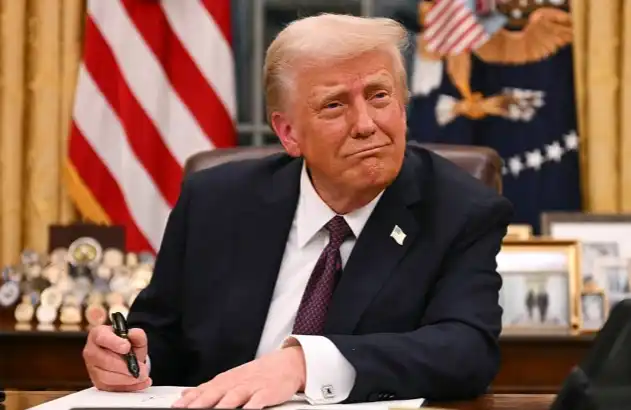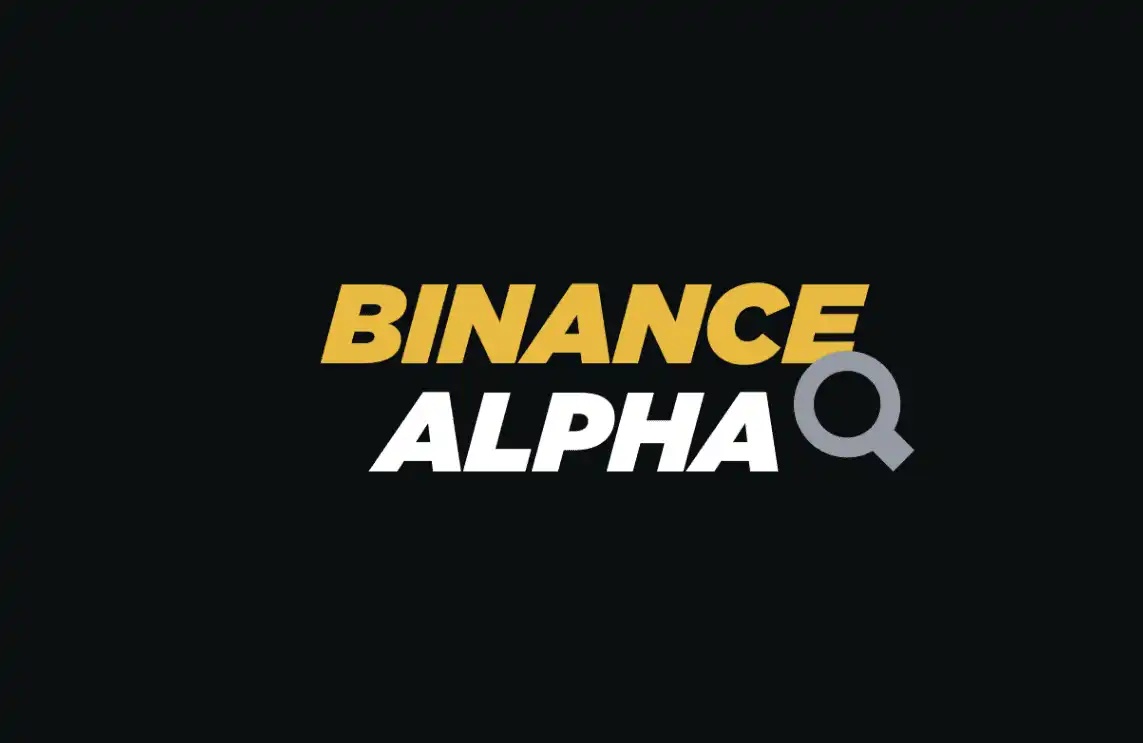Ethereum's Top TA Master: Why Is ETH Said to Reach $15,000?
Original Title: The World's Largest ETH Holder - Tom Lee on Treasuries, Ethereum Dominance, and Wall Street
Source: Bankless
Compilation, Translation: Fairy, ChainCatcher
Guest: Tom Lee, Chairman of Bitmine
Podcast Date: August 6, 2025
Editor's Note: Ethereum is at the cusp of its "sovereignty narrative moment." In just one month, Bitmine has purchased 830,000 ETH, targeting 1% of the global total supply. While most institutions are still on the sidelines, it has become the world's largest ETH treasury company, backed not only by a bet on asset prices but also by a strategic positioning for the future of financial infrastructure.
This interview with Tom Lee, Chairman of Bitmine, delves deep into Bitmine's grand vision and meticulous execution, discussing Ethereum's key role in financialization, compliant staking, and the AI era. This is not just an insight into digital asset allocation but also a forward-looking interpretation of a new institutional cycle and financial ecosystem transformation.
Below is the content of the conversation, compiled and translated by ChainCatcher.
Host: Bitmine currently holds 830,000 ETH, nearly 1% of the total global ETH supply, and has become the world's largest publicly listed ETH treasury company. How does this feel?
Tom Lee: Indeed, the pace has been rapid. From the announcement on June 30 to the completion on July 8, we rapidly acquired a large amount of ETH within 27 days. MicroStrategy has validated the treasury strategy's successful path, with its stock price soaring from $13 in August 2020 to the current level, achieving a 30x growth; Bitcoin has surged from $11,000 to $120,000, bringing a 20x return just from asset appreciation.
I believe Ethereum is a significant macro trade for the next decade. We aim to hold as much ETH as possible while the price is still around $3,500 to embrace explosive growth similar to Bitcoin's over the past five years.
Host: After Bitmine announced its ETH treasury strategy, other companies such as Joe Lubin's SBET and Sharplink Gaming quickly followed suit, almost simultaneously unveiling similar plans. Why did these ETH treasury companies emerge in a concentrated manner within two weeks?
Tom Lee: Perhaps it's a case of "great minds think alike." Sharplink was the first company to announce the treasury strategy, publicly revealing the plan as early as May; we were slightly later in the game.
There are several reasons why Ethereum is suitable as a treasury asset:
· Firstly, if you believe in the long-term value of ETH, a treasury strategy is more appealing than an ETF because you can continue to buy and hold for the long term.
· Secondly, Ethereum is based on Proof of Stake (PoS), allowing for staking to earn native yields of over 3%, essentially enabling these companies to have a stable income source akin to infrastructure operators.
· Lastly, scarcity is key. Bitmine's goal is to hold 5% of ETH's total supply. We have a very clean balance sheet; our stock's daily trading volume reaches $1.6 billion, making it the 42nd most liquid stock in the US market, on par with Uber. Yet our market cap is only $4 billion, significantly lower than Uber's $184 billion.
Host: You mentioned that Bitmine's goal is to hold 5% of the ETH supply. Do you really plan to achieve this? What is the execution path?
Tom Lee: MicroStrategy has set a goal to hold 1 million bitcoins, about 5% of the supply, which can be seen as a "sovereign call option," strategically significant for the ecosystem. If the US government wants to establish a Bitcoin reserve, direct market purchases would drive up prices, potentially pushing Bitcoin to $1 million. Holding a large amount of BTC would make MicroStrategy an easier acquisition target.
Similar logic applies to ETH. Bitmine currently acquires a net of 8,000 to 10,000 ETH per day, a growth rate 12 times faster than MicroStrategy's. If we maintain the current pace, we are likely to reach the 5% goal within 1-2 years.
Our operations are entirely within the United States, strictly complying with U.S. laws and regulatory frameworks. Ethereum is currently the most compliant blockchain, meeting the requirements of Wall Street and the government for infrastructure. With the rise of asset tokenization, the financialization of ETH will continue to increase, just as gamers buy NVIDIA stock, in the future Wall Street must also hold ETH and ensure its staking compliance.
Host: If Wall Street and AI both shift to Ethereum, is a scenario similar to a "sovereign call option" possible?
Tom Lee: It's not out of the realm of possibility, but we are not simply positioning for this "sovereign option."
Imagine the future, the United States pushes the financial system onto the blockchain through legislation (such as the hypothetical "Genius Act"), and Ethereum will become the most important compliant foundational chain, supporting not only the U.S. but possibly being adopted by other countries as well. In such a context, the U.S. naturally wants to have a certain level of dominance on Ethereum.
Furthermore, AI and asset tokenization have very high demands for the security of the underlying chain. Bitmine has a clean balance sheet and a compliant operating model, which will play a crucial role in staking and other areas. We are about to announce the staking plan and will strictly adhere to Generally Accepted Accounting Principles (GAAP) and all regulatory requirements.
The Ethereum Treasury Company is not just an asset holder but also a builder of the new financial infrastructure, which will bring staking income and other business models in the future.
Host: Bitmine bought $3 billion worth of ETH in just one month, but the ETH price has not yet broken $4,000. Where did this ETH come from? Why is there no significant market fluctuation?
Tom Lee: In the short term, ETH's price is influenced by various factors such as liquidation structures, trading hedges, and some still believe Ethereum is a "dead chain" and short it. A similar situation occurred with Bitcoin in 2017 when the price hovered around $1,000 before experiencing a significant increase. I believe ETH is currently in a similar stage, with Wall Street just starting to pay real attention to it. In the long run, ETH's fair value is far higher than its current level.
Host: Why choose the Ethereum Treasury Company over a Bitcoin or other asset treasury company?
Tom Lee: I am very bullish on Bitcoin and believe it has the potential to rise to $1 million or even $1.5 million. However, the two serve different purposes: Bitcoin is digital gold, focusing on value storage; while Ethereum is the foundational chain for finance and AI, with more platform attributes.
For many US institutions, an ETH ETF may not align with their fund investment parameters, and Bitmine provides a compliant, efficient alternative. Renowned institutions such as Cathie Wood and Bill Miller support Bitmine because it enables them to directly participate in the macro opportunity of ETH.
Furthermore, Ethereum's DeFi ecosystem brings more tools to treasury strategies, such as increasing holdings through staking or on-chain yield strategies, something temporarily unachievable with Bitcoin.
Host: Where does the MNAV (Market Net Asset Value) Premium come from? Why does it exist?
Tom Lee: The MNAV Premium mainly comes from three aspects: earnings, growth rate, and liquidity.
Using Bitmine as an example, suppose the market sees us as an ETF with a corresponding valuation of 1x NAV. However, by staking ETH to earn a 3% annualized yield, which can be considered net profit, when calculated with a 20x PE ratio, this alone brings a 0.6x valuation increase, totaling 1.6x NAV.
Next is the "Growth Premium." We have seen our ETH value per share grow from $4 to $23, surpassing MicroStrategy's growth pace. While MicroStrategy acquires Bitcoin worth around $0.16 per share daily, gaining a 0.6x NAV premium, we acquire $0.8-1 per share daily, which is nearly 12 times faster, theoretically warranting a higher premium.
Furthermore, there is liquidity. Our stock has a daily trading volume of $1.6 billion, second only to MicroStrategy, and this high liquidity naturally results in a valuation premium.
Host: Can this growth rate be sustained? Where does the liquidity come from?
Tom Lee: High liquidity supports high speed. Our team's and investors' backgrounds are crucial: Mosaics (a macro hedge fund) led the investment, attracting top-tier institutions like Founders Fund and Stan Druckenmiller. Additionally, my long-standing public support for the crypto industry since 2017 has bolstered market confidence in our vision.
In 2017, Bitcoin transitioned from a retail asset to an institutional asset; by 2025, Ethereum is undergoing a similar moment.
Host: You mentioned the turning point of Bitcoin in 2017. How does it compare to the current situation of Ethereum?
Tom Lee: In 2017, our research at Fundstrat found that the price of Bitcoin rose from $100 to $1000, mainly driven by wallet count and activity, demonstrating a strong network effect. At that time, institutions were almost absent, we were questioned, and even lost clients, but eventually, Bitcoin rose to $120,000.
The current situation of Ethereum is similar today: many Wall Street skeptics still doubt whether it is the "main chain." However, the reality is that Ethereum has been continuously operational for 10 years, on-chain activity has reached an all-time high, and Circle's IPO, Coinbase, and Robinhood's Layer 2 solutions are all built on Ethereum.
Wall Street is beginning to realize that Ethereum is becoming the core infrastructure for financialization and tokenization.
Host: What is your view on the price of ETH for this year or this cycle?
Tom Lee: In the short term, ETH should at least revisit the $4000 level from last December. Based on the ETH/BTC ratio of 0.05 at that time and the current Bitcoin price, ETH should be around $6000. Considering the ongoing corporate treasury purchases and macro factors such as a possible Fed rate cut, by the end of the year, ETH has the opportunity to reach the range of $7000 to $15,000.
In the long run, Bitcoin has achieved a hundredfold increase. ETH, as the core asset of financialization and the AI era, may have an even larger future space and the opportunity to surpass Bitcoin.
Host: How do you value ETH? Based on transaction fees, DeFi TVL, or staking demand?
Tom Lee: It is challenging to accurately predict the fair price of ETH in a spreadsheet, just as you cannot precisely forecast the long-term trends of Bitcoin or the S&P 500. Market pricing more reflects expectations for the next 5 to 10 years rather than current transaction data.
ETH is currently severely undervalued. While analogies like "digital gold" for Bitcoin and "digital oil" for Ethereum have some reference value, one should not be confined to these models.
Host: Could the ETH Treasury Company overheat? Is there a risk of a 1920s Investment Trust or GBTC bubble burst?
Tom Lee: The premise of a bubble is a universally bullish market sentiment, but currently, whether it's ETH or Bitcoin, the mainstream sentiment remains cautious to even pessimistic. As long as the Treasury Company does not misuse leverage, especially adopting a compliant debt structure like MicroStrategy, it will not pose systemic risk.
At this stage, the market is more like "excessive doubt" rather than "excessive optimism," which is precisely the breeding ground for price increases.
Host: On the macroeconomic front, what are your concerns?
Tom Lee: I am concerned about the politicization of institutions, especially the independence of the Federal Reserve and the Bureau of Labor Statistics (BLS) being questioned. However, the overall economy is actually very robust, even though many institutional clients mistakenly believe we are in a recession.
Over the past 30 years, no one has been able to accurately predict a recession. Now, companies are generally cautious, the ISM index has been below 50 for 29 consecutive months, similar to the "tariff shock," resetting market confidence, which helps curb overheating. I believe we are still in the middle to even early stages of the economic cycle.
Host: What is Wall Street's biggest misconception about Ethereum?
Tom Lee: They are too reliant on spreadsheets, focusing on details like Gas fees, stablecoin transaction volume, and end up in "analysis paralysis."
The real issue is not what the model says, but the lack of a strategic perspective. The value of Ethereum as a compliant blockchain is becoming increasingly important, just like the underestimated S&P 500 back then. It will become the infrastructure of the financialization and AI era, and the current market price is far below its true potential.
Welcome to join the official BlockBeats community:
Telegram Subscription Group: https://t.me/theblockbeats
Telegram Discussion Group: https://t.me/BlockBeats_App
Official Twitter Account: https://twitter.com/BlockBeatsAsia
 Forum
Forum

 Finance
Finance
 Specials
Specials
 On-chain Eco
On-chain Eco
 Entry
Entry
 Podcasts
Podcasts
 Activities
Activities
 OPRR
OPRR









